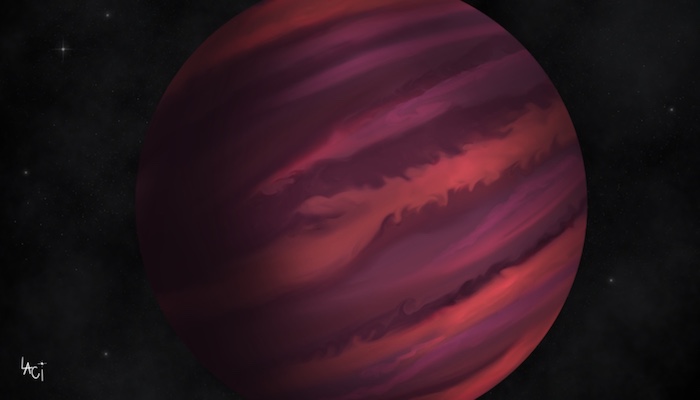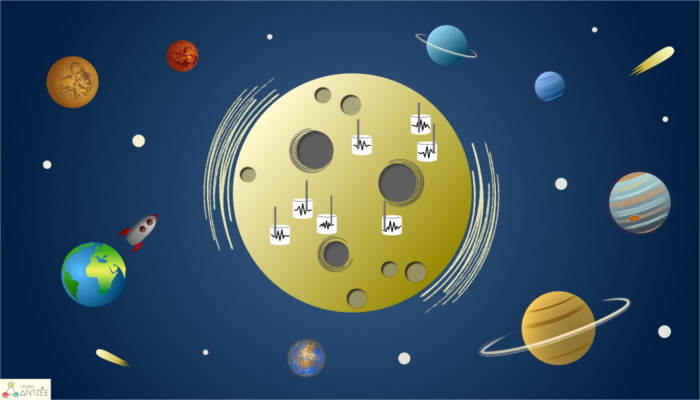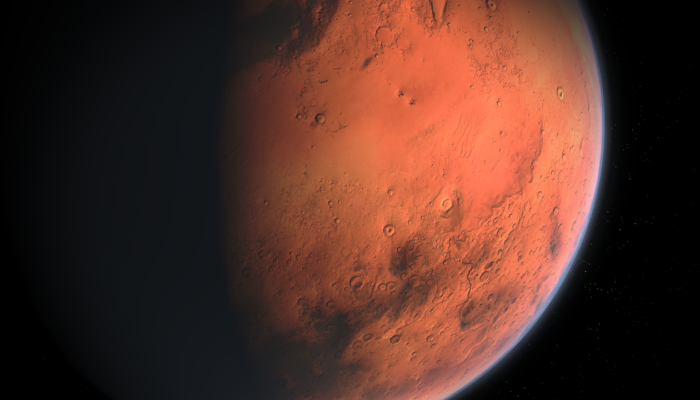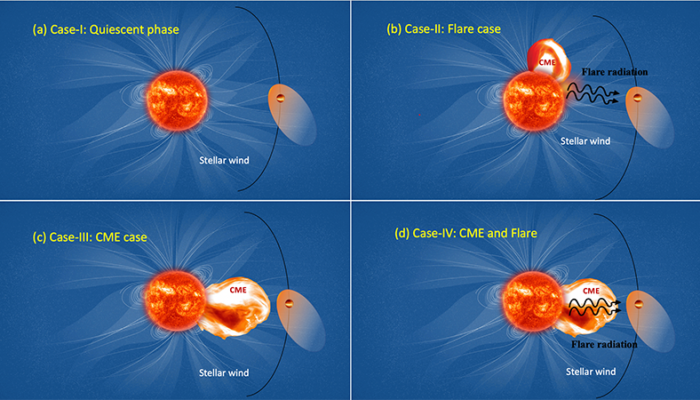The Moon is our nearest neighbour but despite its proximity to Earth its two faces are still veiled in mystery! This week PhD student Alice Turner from the University of Oxford explores deep lunar seismicity and what this can (or cannot!) tell us about the Moon’s interior and its near- & far-sides! Outlining the Earth and its Moon with seismicity Mapping out the locations of earthquak ...[Read More]
Sliding across the Solar System – The missing origins of gigantic landslides
Landslides can be impressively huge and fast and can occur on all sorts of places including asteroids, rocky moons and Mars! Giulia Magnarini Post Doctoral Researcher at the Natural History Museum in London writes all about these gigantic landslides and the clues they could hold into the martian past! Gigantic landslides are ubiquitous in our solar system. Indeed, Earth, Mars, Mercury, Venus, aste ...[Read More]
Stellar storms in other worlds: implications for the stability of exoplanetary atmospheres
Stellar storms modify the atmospheric evolution of planets. ‘Hot Jupiter’ planets being very close to their host star, are often affected by such storms. In this week’s peculiar planet, Gopal Hazra, a post-doctoral fellow at the School of Physics, Trinity College Dublin, discusses effect of stellar storms on those planets using his self-consistent hydrodynamic models of planetary ...[Read More]
Brown Dwarfs: Cloudy with A Chance of Earth’s Mantle

The universe is made up of stars and planets but have you ever wondered if there is anything in between? This week, Laci Brock, a PhD student from the University of Arizona’s Lunar and Planetary Laboratory, takes us on a journey into this murky region of stellar classification… Four years before the cult classic science fiction show Star Trek debuted on television in 1966, astrophysicist Dr. Shiv ...[Read More]



